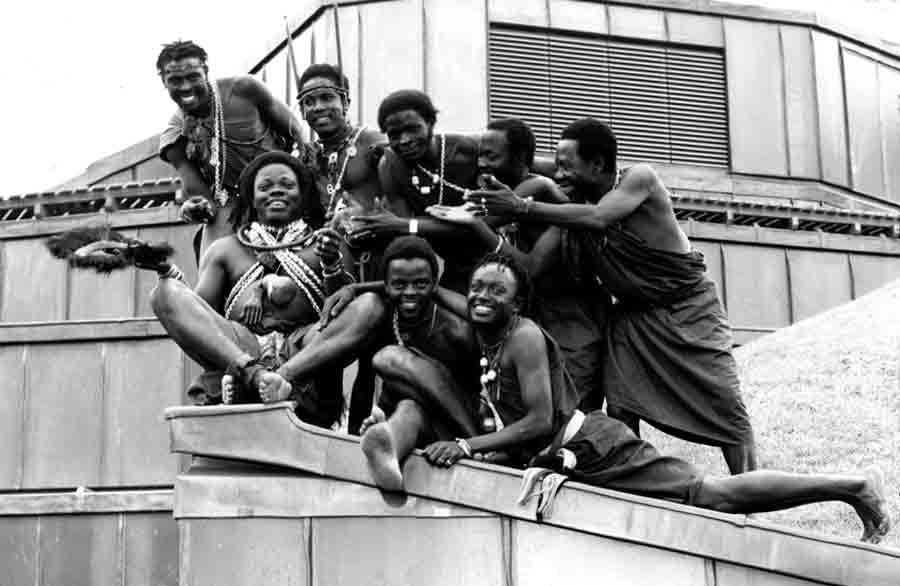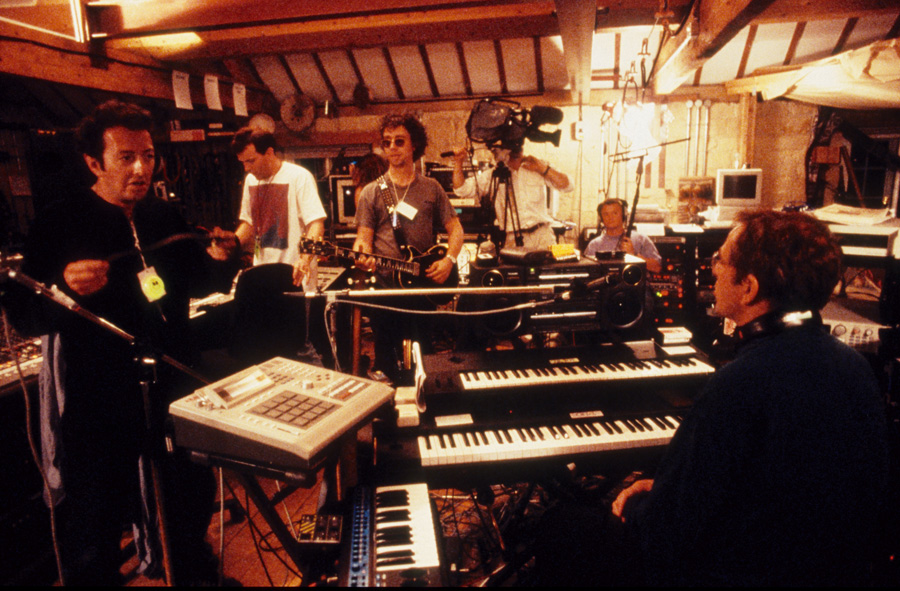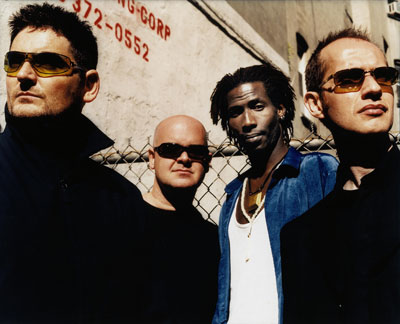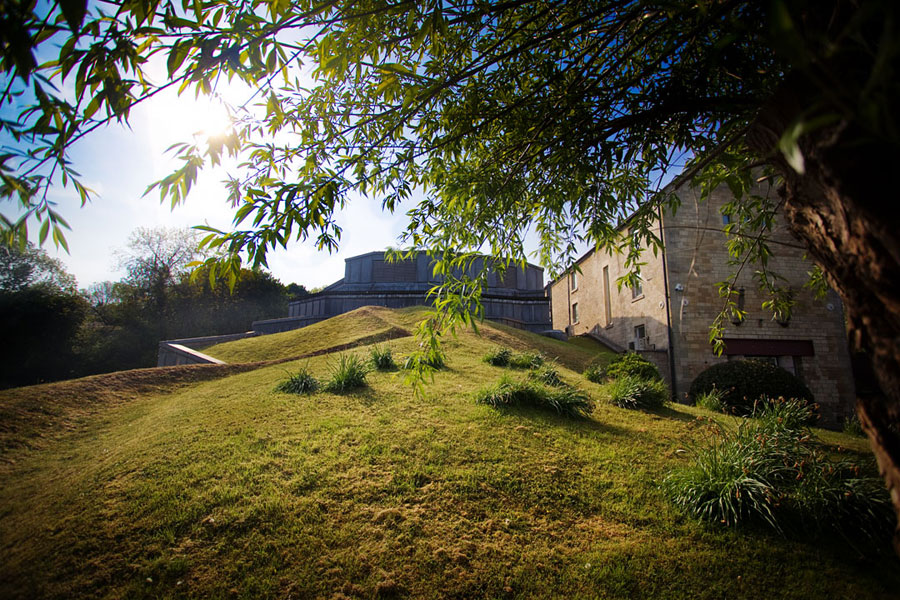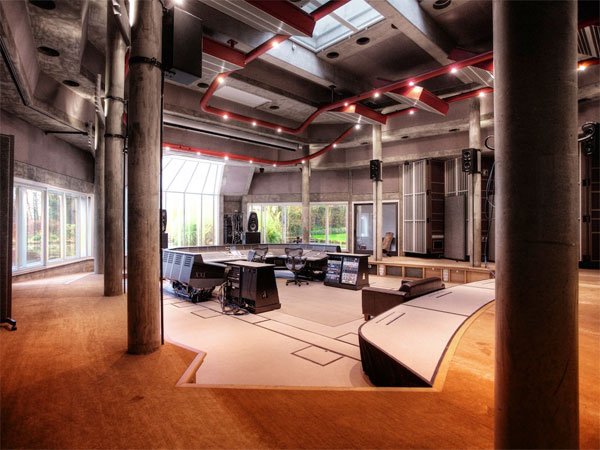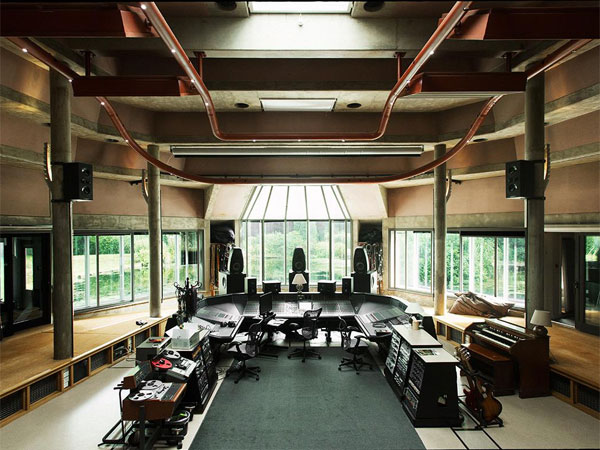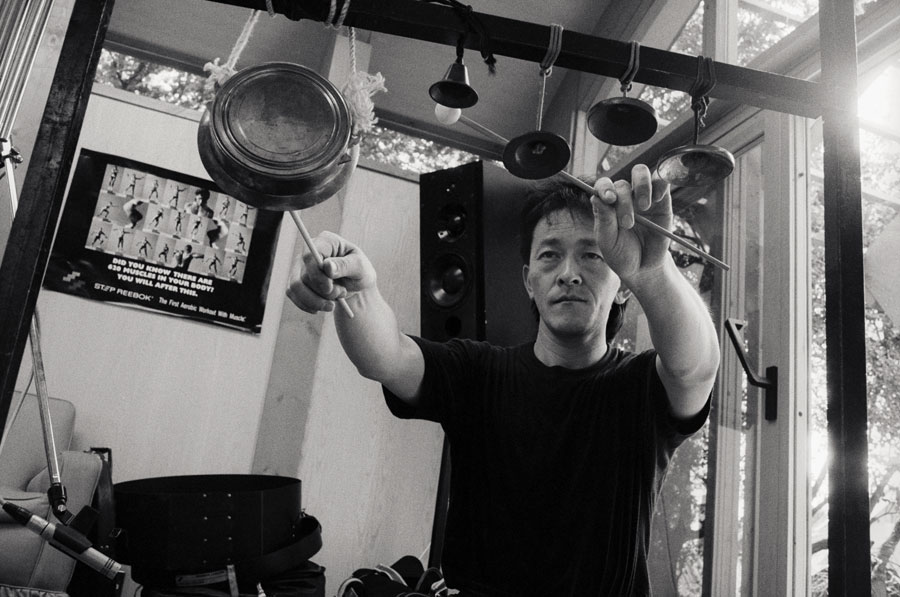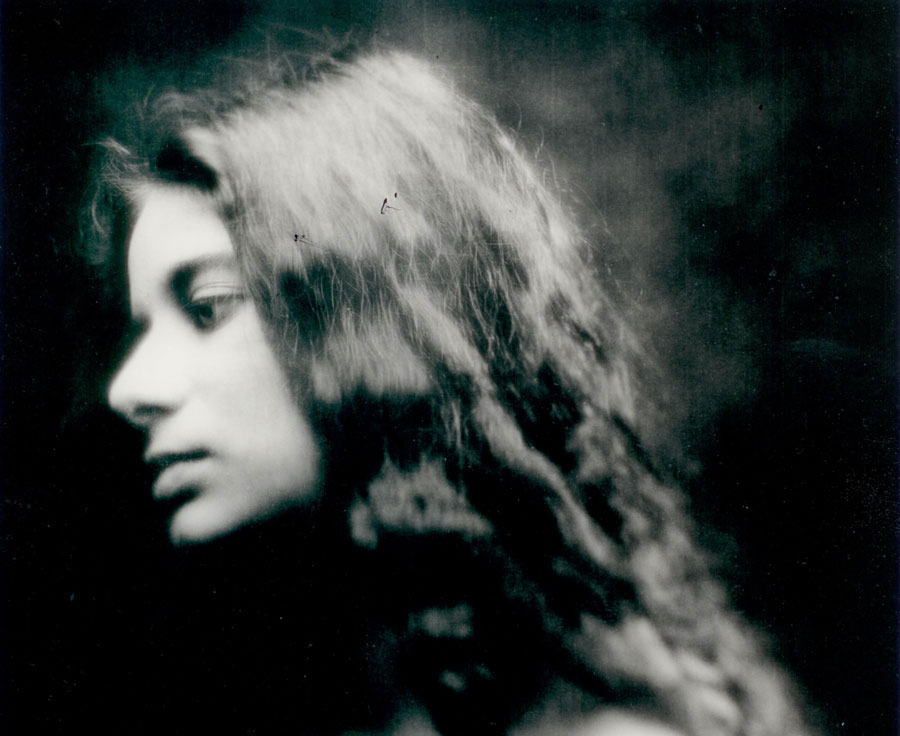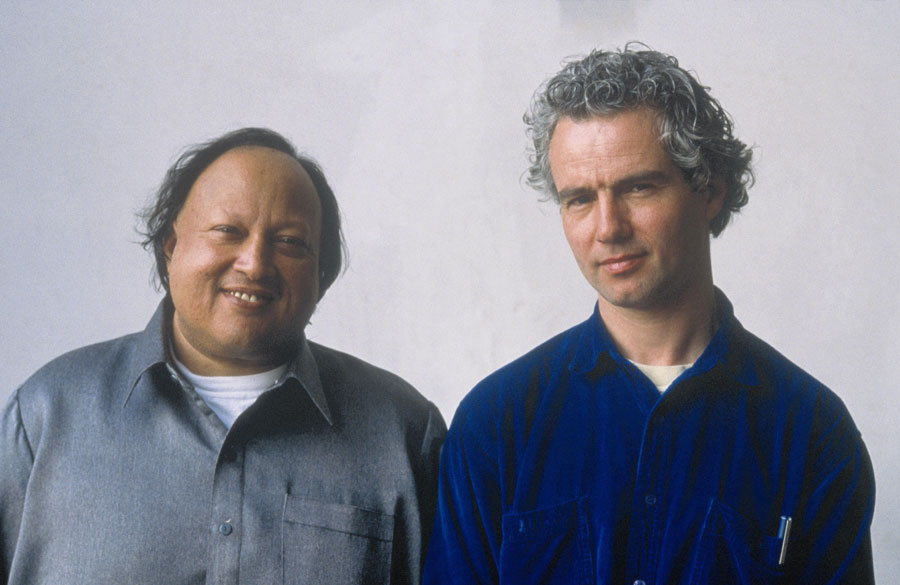Russell Mills’ work features on album covers Mustt Mustt, Love Songs and Devotional Songs
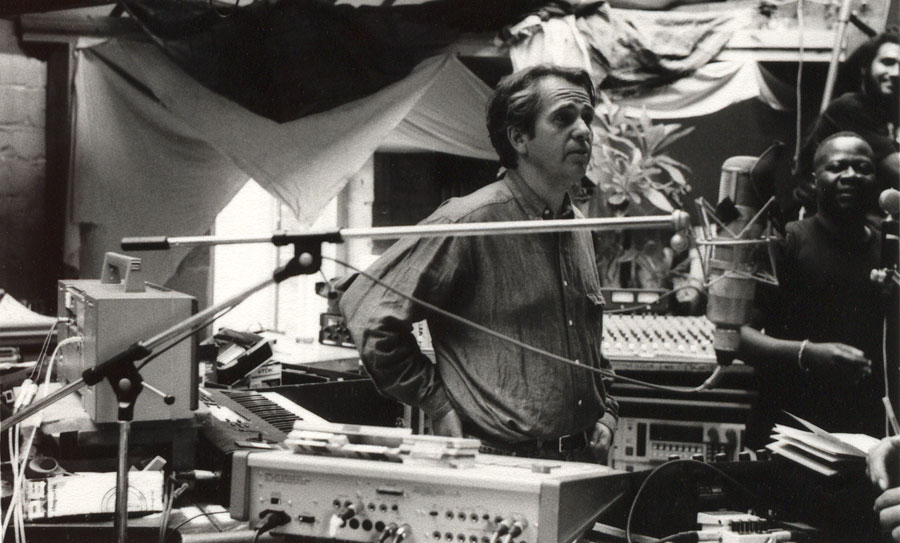
I’d long admired Peter, not only for his own wonderful music and the underlying ethos of Real World, but also for his humanitarian and political stances. And of course I’d been aware of Real World trough the fabulously diverse albums that its label released. From a distance I’d always perceived Peter as being a kindred spirit in so many ways. I felt there was a connection on so many levels.
I was first introduced to Peter in about 1989-90, by Eno, who I’d known and had worked with since 1975. Brian invited me to a meeting with Peter and others – creatives from various disciplines – to brainstorm ideas towards a water-based theme park in Barcelona. I remember meeting every couple of weeks for a few months in a flat/office base that Peter had near to Paddington station. A series of ideas emerged that were drawn up into a proposal, which Peter asked me to design. I found Peter to be, like Brian, as I’d hoped, a kindred spirit; generous and open to ideas, ceaselessly thinking about possible new futures. A genuinely good person. A rare gem who actually cared and had the courage to follow his convictions.

During this time Peter commissioned me to provide art for Peter Gabriel 1-3 a 3 CD limited edition collector’s edition box set (1990). This was followed by commissions for Nusrat Fateh Ali Khan’s Mustt Mustt (1990), which was followed by his Devotional Songs (1992), Love Songs (1992) and Night Song (1996). These were the best kind of commissions as Peter and others at Real World had enough faith in me to simply allow me to follow my intuition with no directional interference, so that I could attempt to create visual responses to the music that I felt would convey its essence.
Peter was there working on his own material in his own studio, but would occasionally wander from studio to studio to touch base with everyone, to listen to works in progress and discuss music.
In 1996 I was working on a collaborative multimedia installation called Measured In Shadows for Tullie House Gallery and Museum in Carlisle and the Guinness Hopstore in Dublin. It was conceived to have at its core a complex contactually anchored sound work. At the time I didn’t have the facilities to mix and master the vast menu of sounds I needed to work with and although I had some funding from the Arts Council and other bodies, I couldn’t afford studio time to enable me to realise the work to the standard I was hoping for. I wrote to Peter outlining the ideas behind the installation and the importance of the sound work, and asked whether he might consider funding in kind by allowing me to work at Real World. This request was a pie-in-the-sky plea and I was quite prepared to be disappointed. Much to my surprise Peter got back to me to say that he liked the idea very much and he would let me use Real World at a much reduced rate. This extremely generous offer was made even more attractive by the fact that he would appoint one of Real World’s engineers, Russell Kearney, to work with us on the recording and mix.
The time at Real World was a joy. The place itself was/is beautiful and its location and ambience lent itself to focused work in a relaxed atmosphere. Everyone I met there was really helpful, supportive and genuinely interested. Musicians, producers and engineers from around the globe were on site beavering away in a variety of studios. Myriad languages and ideas were mingled and exchanged around the dining table in the house. Despite all the cultural divides music and sound united everyone. For me it felt like being part of a large extended family of kindred spirits. Peter was there working on his own material in his own studio, but would occasionally wander from studio to studio to touch base with everyone, to listen to works in progress and discuss music. I felt that his interest was always genuine and his feedback was gently supportive and wise. Peter’s generosity, vision and his light touch approach and receptivity to ideas has created an environment at Real World- akin to what art schools were like when I was a student – in which possible futures, not just for music and sound, but also wider cultural issues, may be explored in a genuinely exciting way. Thanks to Peter, Mike Large and Russell Kearney (who did such a great, careful job on my motley sound samples), those few days there were inspiring and revelatory.




